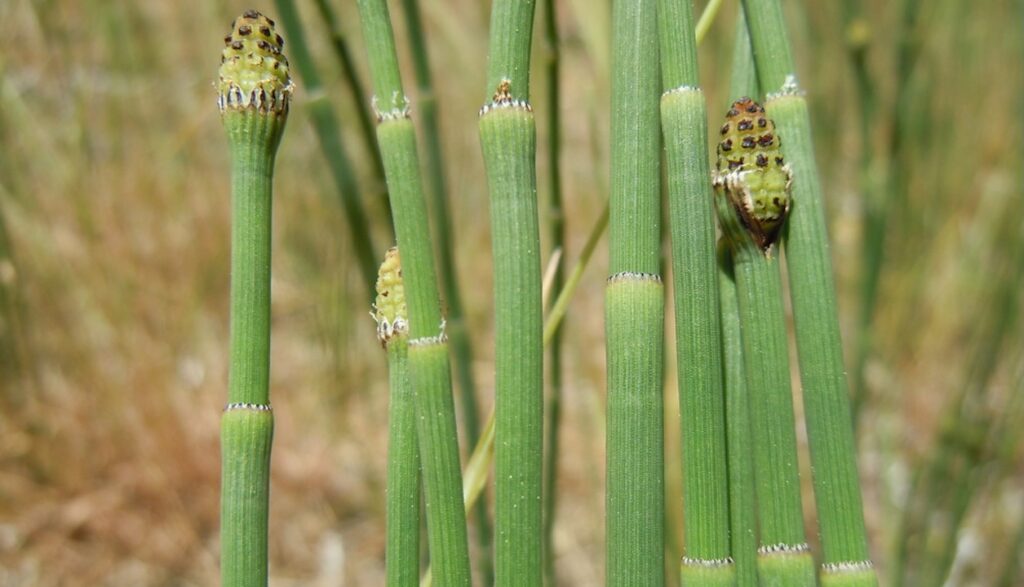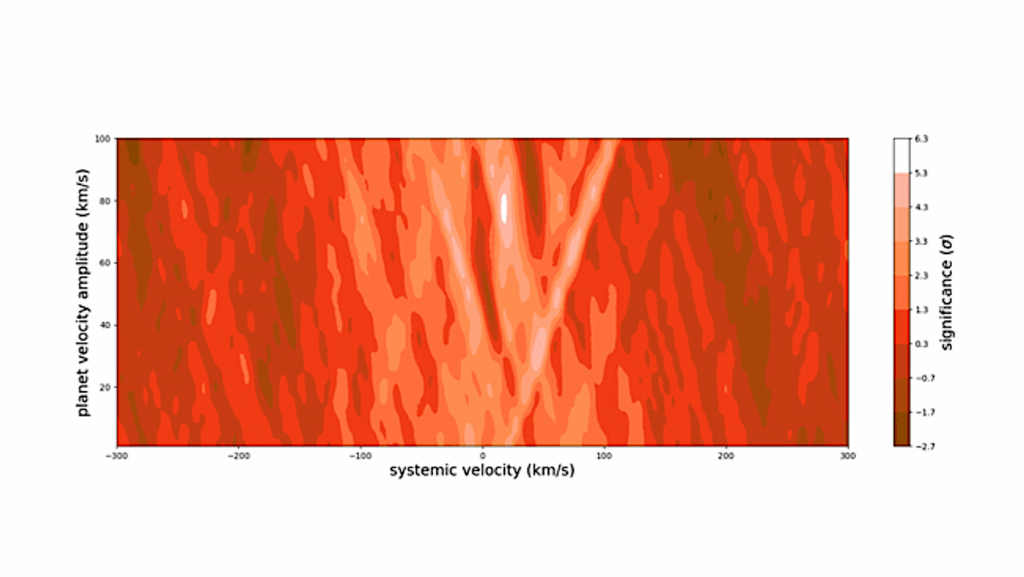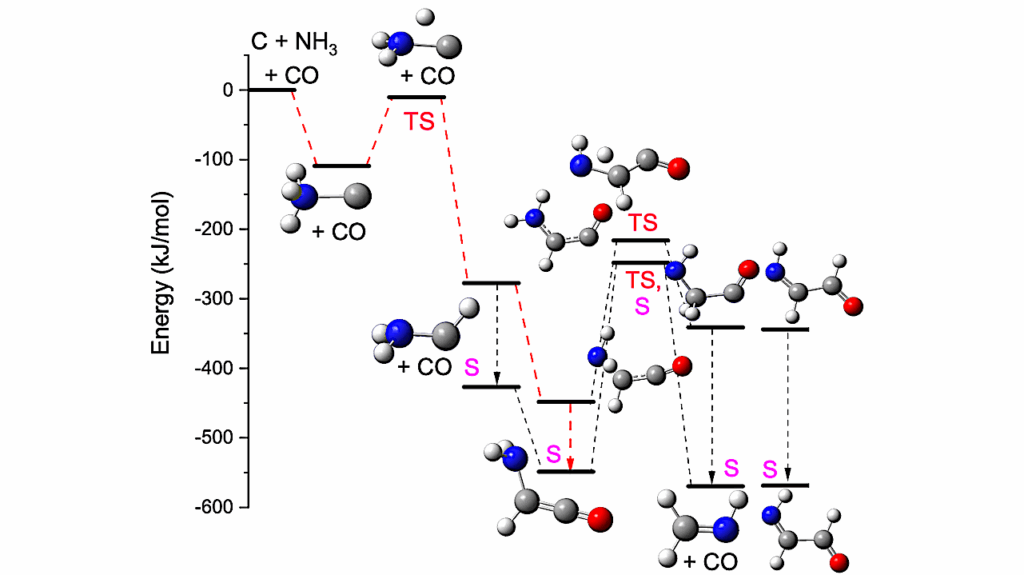Optical Constants of a Solar System Organic Analog and the Allende Meteorite in the Near and Mid-infrared (1.5-13 μm)

Measurements of visible and near-infrared reflection (0.38-5 um) and mid to far infrared emission (5-200 um) from telescope and satellite remote sensing instruments make it possible to investigate the composition of planetary surfaces via electronic transitions and vibrational modes of chemical bonds.
Red spectral slopes at visible and near infrared wavelengths and absorption features at 3.3 and 3.4 {\mu}m observed in circumstellar disks, the interstellar medium, and on the surfaces of solar-system bodies are interpreted to be due to the presence of organic material and other carbon compounds. Identifying the origin of these features requires measurements of the optical properties of a variety of relevant analog and planetary materials.
Spectroscopic models of dust within circumstellar disks and the interstellar medium as well as planetary regoliths often incorporate just one such laboratory measurement despite the wide variation in absorption and extinction properties of organic and other carbon-bearing materials. Here we present laboratory measurements of transmission spectra in the 1.5-13 um region and use these to derive real and imaginary indices of refraction for two samples: 1) an analog to meteoritic insoluble organic matter and 2) a powdered Allende meteorite sample.
We also test our refractive index retrieval method on a previously published transmission spectrum of an Mg-rich olivine. We compare optical measurements of the insoluble organic-matter analog to those of other solar-system and extrasolar organic analogs, such as amorphous carbon and tholins, and find that the indices of refraction of the newly characterized material differ significantly from other carbonaceous samples.
Jessica A. Arnold, Alycia J. Weinberger, George Cody, Gorden Videen, Olga Muñoz
Comments: 16 pages, 12 figures, accepted for publication by PSJ
Subjects: Earth and Planetary Astrophysics (astro-ph.EP)
Cite as: arXiv:2103.03822 [astro-ph.EP] (or arXiv:2103.03822v1 [astro-ph.EP] for this version)
Submission history
From: Jessica Arnold
[v1] Fri, 5 Mar 2021 17:38:11 UTC (6,245 KB)
https://arxiv.org/abs/2103.03822
Astrobiology, Astrochemistry,








